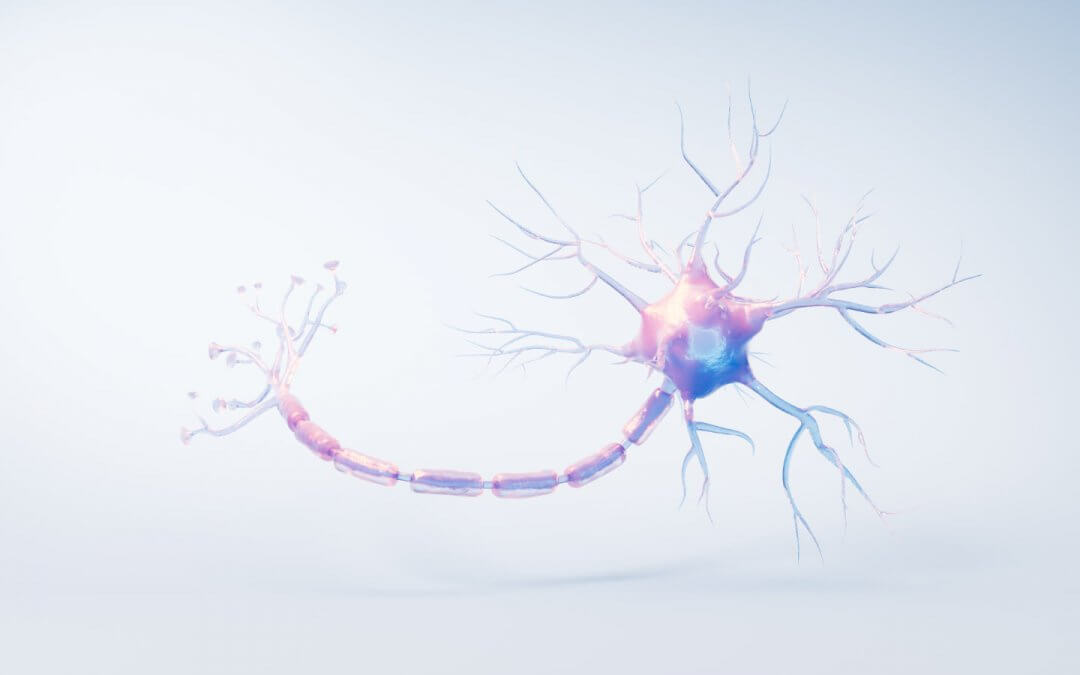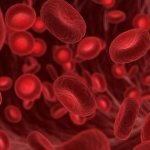A new therapy, recently granted a UK Innovation Passport Designation, could help to improve treatment outcomes for Krabbe disease patients post-stem cell transplant.
What is Krabbe disease?
Krabbe disease is a rare genetic disorder affecting around 1 in every 100,000 births and is caused by a deficiency of the enzyme galactocerebrosidase (GALC), leading to the breakdown of the myelin in the nervous system.
The most common variant of Krabbe disease, Infant Krabbe Disease, affects children under the age of 1, and can cause muscle stiffness, seizures, and developmental delays. It is often fatal if untreated.
Approximately 85% of Krabbe disease cases are the infantile subtypes. [1]
What are the current treatment options for Krabbe disease?
Currently, the only effective treatment option for Krabbe disease is a transplant of haematopoietic stem cells (HSCs), which are found in bone marrow, peripheral blood, and umbilical cord blood. [2]
By transplanting HSCs from a donor to a Krabbe disease patient, the patient’s unhealthy cells lacking in the GALC enzyme are eventually replaced by healthy red blood cells, white blood cells and platelets derived from HSCs.
These healthy blood cells can then work to populate the brain with GALC enzyme activity, reducing the breakdown of myelin and thereby stabilise cognitive function. [3]
Stem cell transplants using haematopoietic stem cells from cord blood, specifically, have been shown to be highly effective in improving neurological outcomes if the transplant is performed before the development of symptoms. [4]
While HSCT remains the only viable treatment option for Krabbe disease, it is not a cure.
It also does not combat the peripheral neuropathy occasioned by Krabbe disease, a condition affecting the nerves beyond the brain and spinal cord, leading to decline in motor function. [5]
What is the new gene therapy and how does it improve stem cell transplant outcomes?
Developed by Forge Biologics, the FBX-101 therapy works by delivering a copy of the GALC gene to cells in the nervous system, which improves myelination (the process by which the myelin sheath forms) and, crucially, motor function.
It is designed to be administered intravenously after the current standard of care, a haematopoietic stem cell transplant.
In its early phase trial, REKLAIM, FBX-101 was shown to improve motor function in all five of the patients who underwent treatment.
Building on these promising results, the Innovation Passport designation means that FBX-101 will be able to enter the Innovative Licensing and Access Pathway (ILAP), which accelerates both market and regulatory access in the UK. [6]
Why is newborn screening for Krabbe disease so important?
Newborn screening for Krabbe disease is crucial because the condition progresses rapidly, especially in its infantile form, and early intervention is the key to preventing severe neurological damage.
Ideally, the patient would receive a transplant within 30 days in order to have the best chance of improved neurological and transplant outcomes. [7]
Symptoms of Krabbe disease often appear within the first few months of life, and once they start, the deterioration of the nervous system is fast and irreversible.
By the time symptoms are noticeable, significant damage has already occurred, limiting the effectiveness of available treatments.
Newborn screening allows for early diagnosis before symptoms develop, enabling early intervention through HSCT, which is at its most effective if administered before significant damage to the nervous system. [8]
Could cord blood banking help?
Umbilical cord blood is a vital source of haematopoietic stem cells which can differentiate into various kinds of blood cells. These cells are crucial in the treatment of Krabbe disease, but rely on finding a donor match in order for a transplant to be successful.
If Krabbe disease runs in your family, saving cord blood for every child is probably a worthwhile investment.
If your baby does end up developing Krabbe disease, having their sibling’s stem cells in storage could make the difference in being able to access a life-saving transplant as a sibling has a 75% chance of being a partial donor match.
If either you or a family member or someone you know is expecting, why not download our free Welcome Pack to learn more about the benefits of cord blood banking. Simply fill out the form below.
References
[3] (2022, August 13). Krabbe Disease (Globoid Cell Leukodystrophy). Cleveland Clinic. https://my.clevelandclinic.org/health/diseases/6039-krabbe-disease-globoid-cell-leukodystrophy
FIND OUT MORE, REQUEST YOUR WELCOME PACK TODAY
All you need to know to make an informed decision. Provide your contact details to request: – Complete Welcome Pack and Parent’s Guide – Information via email – Contact from our specialist advisors








